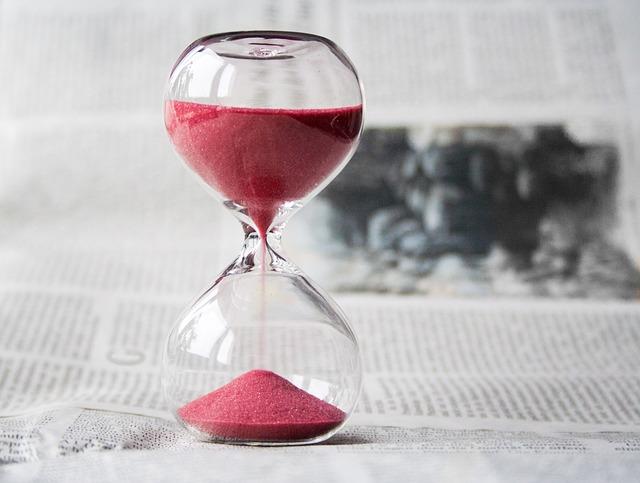In the ever-evolving landscape of visual storytelling, where imagination meets technology, a silent revolution is reshaping the way we experience cinema and interactive media. Real-time rendering, once the exclusive domain of video games, is now breaking boundaries, weaving its way into the heart of visual effects production. As filmmakers and creators embrace this cutting-edge technology, a pivotal question emerges: Is this shift enhancing the quality of visual effects, or are we trading depth for speed? Join us as we explore the transformative impact of real-time rendering on the art of illusion, where pixels and passion converge to redefine what is possible on screen.
Transforming Timelines: How Real-Time Rendering Accelerates Production
In the world of visual effects, the adoption of real-time rendering is revolutionizing production timelines. This technology allows artists and filmmakers to see changes instantaneously, making the creative process more dynamic and fluid. Gone are the days of waiting for lengthy render times; now, adjustments can be made on-the-fly, enhancing both efficiency and creativity.
- Instant Feedback: Artists can immediately assess how modifications impact the final output, facilitating quicker decision-making.
- Collaborative Creativity: Teams can work together in real-time, fostering an environment where ideas can be explored without delay.
- Enhanced Iteration: The ability to iterate rapidly means that the final product can be refined to a higher degree of quality.
By accelerating the production process, real-time rendering not only streamlines workflows but also empowers creators to push the boundaries of visual storytelling. The shift towards this technology is reshaping the landscape of visual effects, making the impossible seem effortlessly achievable.

Balancing Act: Quality Versus Speed in Modern Visual Effects
In the evolving landscape of visual effects, the tension between quality and speed is more palpable than ever. The advent of real-time rendering technologies, such as Unreal Engine and Unity, has revolutionized the way artists approach their craft. These tools promise rapid iteration and immediate feedback, allowing for a more dynamic creative process. However, this acceleration often raises concerns about whether the rush to render sacrifices the meticulous detail traditionally associated with high-quality effects.
Several factors influence this delicate balance:
- Technology Limitations: While real-time engines are powerful, they may not yet match the photorealism achievable with offline rendering.
- Artistic Control: Quick turnaround times can limit the opportunity for artists to refine their work to the highest standards.
- Production Demands: The industry’s increasing appetite for content puts pressure on teams to deliver faster, sometimes at the cost of nuanced craftsmanship.
Ultimately, the integration of real-time rendering into workflows is reshaping expectations, challenging artists to find innovative solutions that do not compromise on excellence.

Technological Innovations: The Tools Behind Real-Time Rendering
The evolution of real-time rendering owes much to groundbreaking technological advancements that have revolutionized how we perceive and create visual effects. At the forefront of these innovations are graphics processing units (GPUs), whose rapid development has enabled more complex and realistic visuals to be rendered in real-time. These powerful processors have become essential tools for artists and developers, facilitating the creation of stunning, lifelike imagery that was once the exclusive domain of pre-rendered graphics.
Moreover, the integration of advanced software solutions has streamlined the rendering process. Key tools include:
- Game engines like Unreal Engine and Unity, which offer robust platforms for creating immersive environments.
- Ray tracing technology, providing enhanced lighting and shadow effects for greater realism.
- AI-driven algorithms that optimize rendering efficiency and quality.
These innovations not only enhance the visual fidelity of real-time graphics but also democratize access, allowing creators from diverse backgrounds to contribute to the ever-expanding realm of visual storytelling.

Future-Proofing Visual Effects: Strategies for Adapting to Real-Time Advances
The evolution of real-time rendering is reshaping the landscape of visual effects, compelling artists and studios to explore innovative strategies for adaptation. Real-time technologies, such as Unreal Engine and Unity, are enabling creators to produce high-quality effects with unprecedented speed and flexibility. This shift necessitates a blend of traditional techniques and modern workflows to ensure effects remain both cutting-edge and resilient to future changes.
- Embrace Hybrid Workflows: Combining real-time engines with conventional VFX software allows artists to leverage the strengths of both worlds, achieving optimal results.
- Invest in Skill Development: Continuous learning and training in real-time tools can empower teams to stay ahead of the curve, adapting swiftly to technological advancements.
- Focus on Scalability: Designing effects that can easily scale across different platforms ensures that assets remain relevant as new technologies emerge.
By integrating these strategies, the industry can maintain the integrity and quality of visual effects, even as the pace of technological change accelerates.

